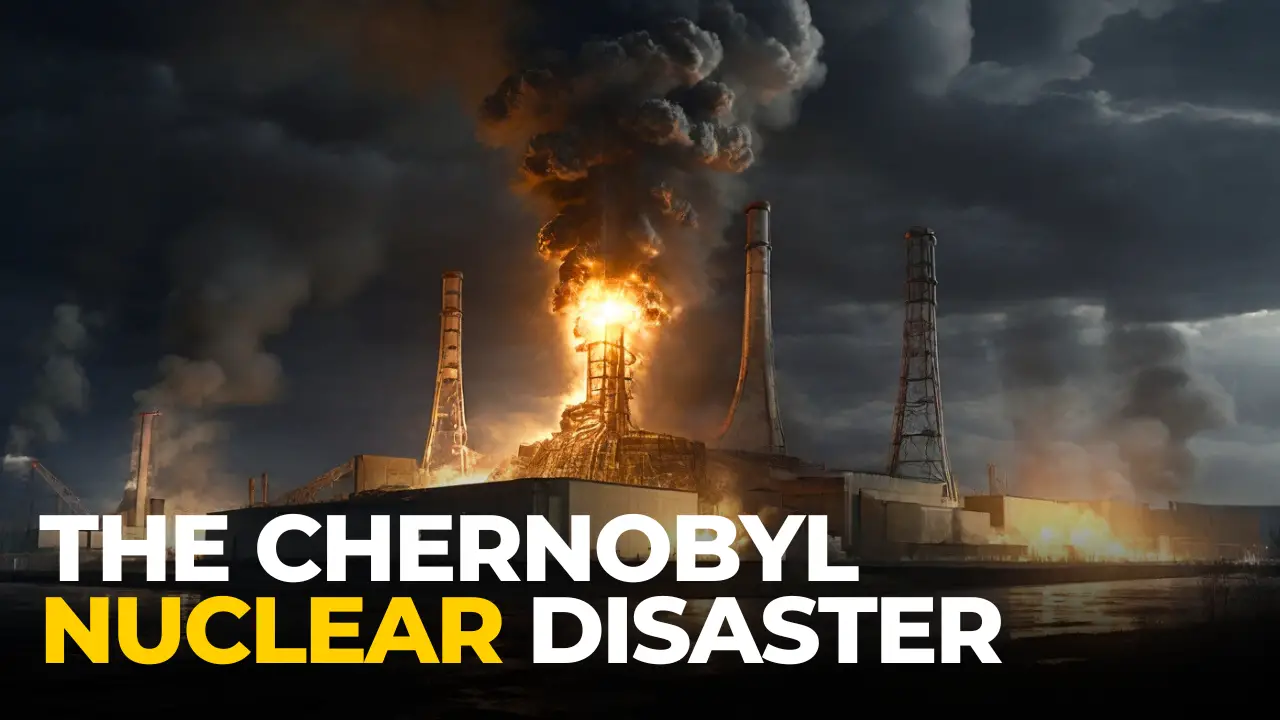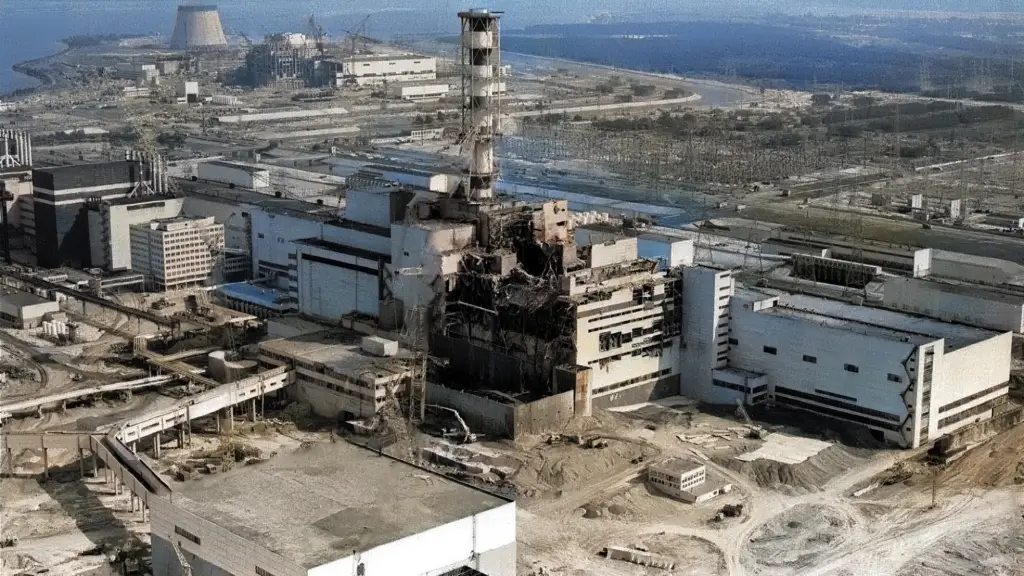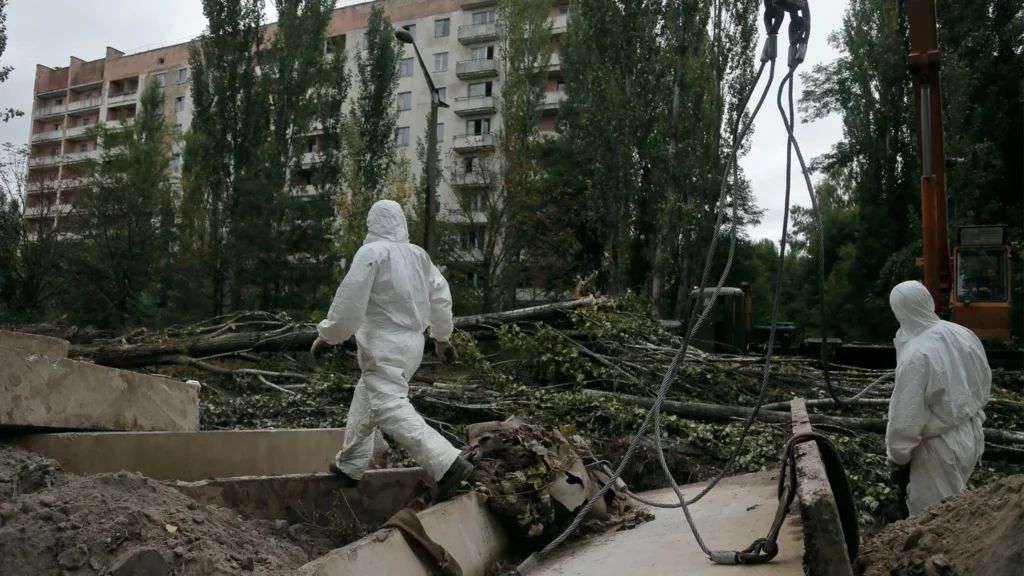The Chernobyl Disaster: A Catastrophic Nuclear Accident

On April 26, 1986, the world witnessed one of the most catastrophic nuclear accidents in history – the Chernobyl disaster.
This event, which occurred at the Chernobyl Nuclear Power Plant in Ukraine (then part of the Soviet Union), has become a chilling reminder of the potential dangers of nuclear power and the importance of strict safety protocols.
The Fateful Experiment Gone Wrong

The Chernobyl disaster unfolded during a poorly designed experiment conducted by technicians at reactor Unit 4.
In a series of fatal mistakes, the workers shut down the reactor’s power-regulating system and emergency safety systems, and withdrew most of the control rods from the core while allowing the reactor to continue running at low power.
At 1:23 AM on April 26, the chain reaction in the core went out of control, leading to several explosions that triggered a massive fireball.

The blast was powerful enough to blow off the heavy steel and concrete lid of the reactor, releasing enormous amounts of radioactive material into the atmosphere.
Containment Efforts and Evacuation
The explosions and ensuing fire in the graphite reactor core caused a partial meltdown, prompting immediate efforts to contain the disaster.

Within 36 hours, the 50,000 inhabitants of the nearby town of Pripyat were evacuated, as radioactive debris had to be buried at hundreds of temporary sites.
In the following months, the highly radioactive reactor core was encased in a concrete-and-steel sarcophagus, a massive undertaking that exposed workers to dangerous levels of radiation.
The disaster sparked international outrage and criticism over the Soviet Union’s nuclear safety protocols, ultimately leading to the creation of the Chernobyl Exclusion Zone, a vast area with a radius of about 18.6 miles (30 km) centered on the power plant.
Long-Lasting Environmental and Health Impacts
The Chernobyl disaster had far-reaching and long-lasting effects on the environment and public health. Radioactive contamination spread across Belarus, Russia, and Ukraine, and eventually reached as far as France and Italy.

Millions of acres of forests and farmlands were contaminated, with wildlife exhibiting alarming signs of radiation exposure, such as deformities and mutations.
Hundreds of thousands of people remained in contaminated areas, and in the following years, many radiation-induced illnesses and cancer deaths were reported.
The Future of Nuclear Power

The Chernobyl disaster reignited the debate around the safety and viability of nuclear power. While some argue that the lessons learned from this catastrophe have led to improved safety measures and that nuclear energy remains a crucial component of a sustainable energy mix, others advocate for a complete shift towards safer and renewable alternatives.
As the world grapples with the challenges of climate change and energy security, the Chernobyl disaster serves as a stark reminder of the need for rigorous safety protocols, transparency, and a thoughtful approach to energy production.
Whether you support or oppose nuclear power, the events of April 26, 1986, will forever be etched in history as a sobering example of the consequences of human error and the importance of prioritizing safety in all aspects of nuclear technology.




